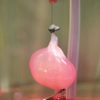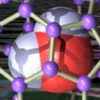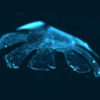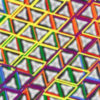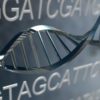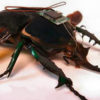Bioengineered rat kidneys have successfully produced urine both in a laboratory apparatus and after being transplanted into living animals. The Massachusetts General Hospital scientists behind the breakthrough believe that with further work, bioengineered kidneys could someday replace donor kidneys. In Nature Medicine, the research team describes building functional replacement kidneys on the structure of donor […]
